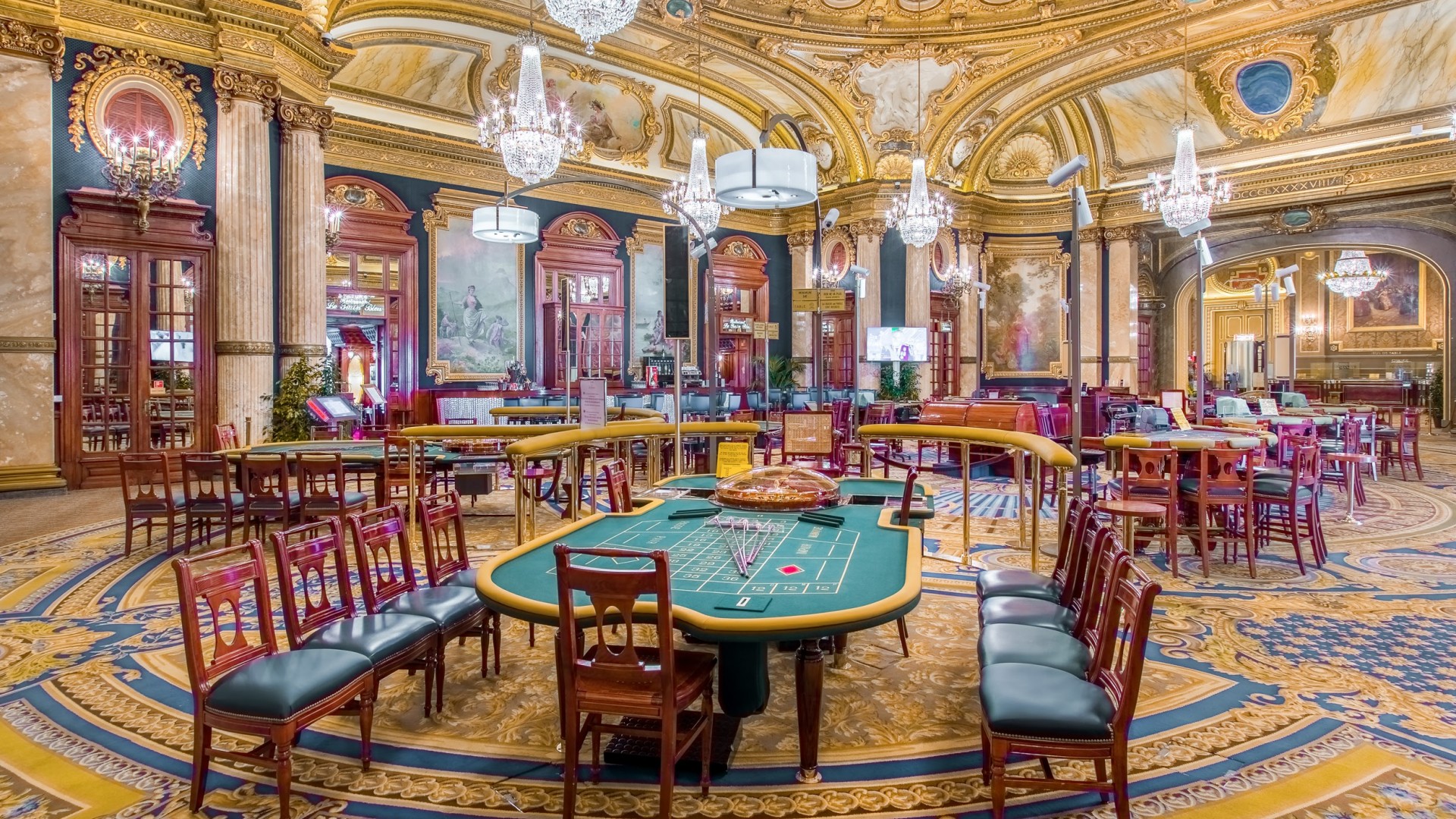The history of fruit machines is a mesmerizing journey that parallels the progress of recreation and betting throughout the generations. Starting from their modest beginnings in the 1890s to turning into a mainstay in casinos throughout the world, these chance games have gone through notable changes. Slot machines have captivated players with their colorful graphics, engaging themes, and the potential of life-changing wins.
Originally made as analog machines with turning drums and limited icons, slot machines have grown into advanced tech-based games that incorporate advanced technology and dynamic features. In the present day, they welcome millions of players, each hoping to hit the jackpot with just the lever pull of a switch or the press of a tap. Delving into the fascinating background of these games reveals not just the tale of a well-liked pastime, but also a mirror of societal changes and progress in technology over the years.
One of the Beginnings in Slot Machines
The story of slot machines begins in the late 19th century, a time when machines were increasingly popular in places of amusement. The first true slot machine came into existence by Charles Fey in 1895, referred to as the Liberty Bell. This machine featured three spinning reels and five symbols: hearts, diamonds, spades, a horseshoe, and the famous Liberty Bell. Players pulled a lever to spin the reels, and if the symbols aligned in a particular combination, they would win a payout. Fey’s invention quickly captured the attention of gamblers and set the foundation for future developments in casino slots games.
As the concept of the slot machine gained popularity, numerous inventors looked to enhance Fey’s design. By the early 1900s, slot machines were becoming a frequent presence in saloons and amusement parks. In 1907, the first electromechanical slot machine was created by Herbert Mills, which featured a more intricate system of payout mechanisms and the iconic fruit symbols that are still associated with slots today. This evolution marked a major shift in the gaming industry, as machines became more entertaining and user-friendly, attracting more players.
The popularity of slot machines continued to soar throughout the first half of the 20th century, resulting in their extensive use in casinos across the United States. However, the rise of legal restrictions on gambling during the Great Depression presented challenges for the industry. Many machines were outlawed, but this did not halt innovators. Instead, they adapted by creating machines that gave out candy or gum instead of cash prizes, effectively bypassing the restrictions while still providing the thrill of a casino slots game. This ingenuity kept the spirit of gambling alive, setting the stage for the eventual resurgence of slot machines in modern casinos.

Evolution of Gambling Machine Technology
The history of slot machines commenced in the closing 19th hundred years with the debut of the first mechanical machines. A mechanic named Charles Fey, a San Francisco craftsman, launched the Liberty Bell in 1895, which featured three spinning reels and five images: hearts, diamonds, spades, a lucky horseshoe, and the Liberty Bell itself. This basic yet enthralling layout laid the basis for the progress of slot games, creating an swift draw for gamblers seeking entertainment and a chance to earn.
As tech advanced, so did the styling and capabilities of slot machines. By the central 20th century, electronic mechanical machines emerged, including electric parts to improve gameplay and boost payout possibilities. These developments permitted for more complex features like various paylines and greater jackpots. The gaming establishments welcomed these developments, leading to the emergence of gambling devices as a major source of income within the gaming industry, essentially altering the casino slots game experience.
The closing 20th and initial 21st hundred years heralded the digital revolution, resulting in the launch of digital slots. These devices substituted traditional reels with screens, allowing even more creativity in themes and gameplay systems. bet88 Gamblers could now experience engaging graphics and sound effects, along with dynamic bonus rounds. The transition to online casinos further revolutionized the slots experience, making slots reachable to a global audience anytime and anywhere, thus marking a new era in the evolution of slot machine advancements.
A Cultural Influence of Gaming Machines
These gaming machines have become not only a form of entertainment; they have integrated into the essence of popular culture. From movies and TV series to music and literature, these famous gaming machines often act as emblems of luck and gambling. Films like The Casino and Ocean’s Eleven notably highlight slots, depicting them as exciting yet uncertain elements of the gambling experience. Their unique attraction lies in the noise of coins falling, the spinning reels, and the bright flashing lights, which together create an electric atmosphere that captures attention.
In addition, slot machines have influenced social gatherings and events, making them a centerpiece in casinos and gaming venues. Numerous individuals do not just go to a casino to gamble; they go for the full experience, which encompasses the social interactions and the lively ambiance surrounding these machines. Special tournaments and themed gaming nights centered around slots also showcase their popularity, fostering community engagement and shared experiences among players. This community aspect has contributed to the machines’ lasting popularity.
The evolution of technology has also transformed this cultural impact. Digital and online slots have expanded access to these games far beyond the walls of physical casinos. Players can now enjoy their favorite casino slots game from home or on the move, leading to the rise of virtual forums and discussion boards where enthusiasts exchange strategies and experiences. The ongoing innovation in game design and the integration of storytelling have kept the cultural significance of slot machines alive, attracting younger audiences while maintaining a tie to their historical roots.